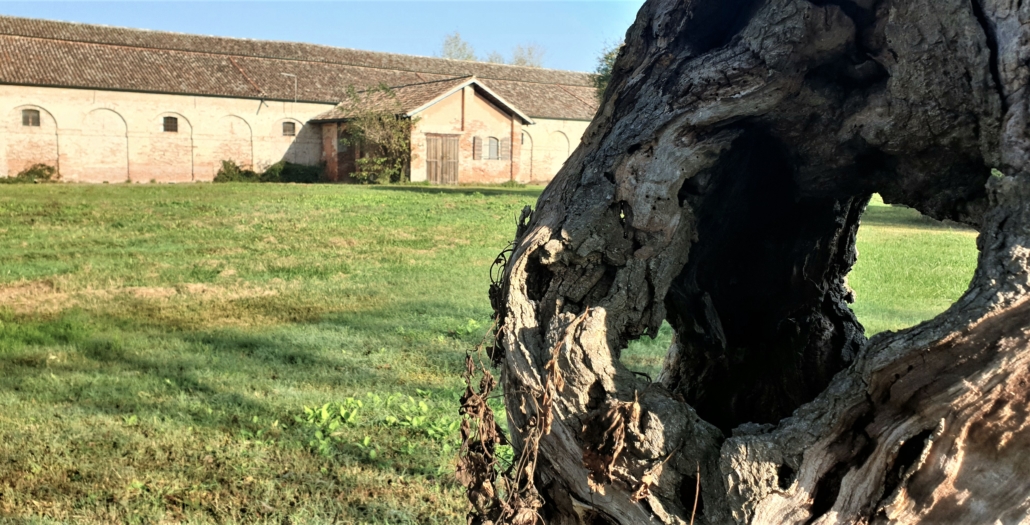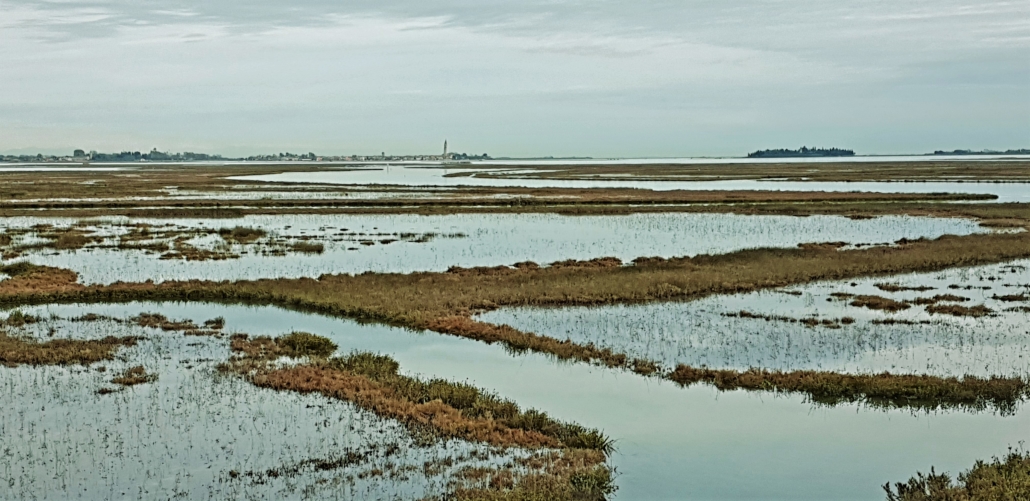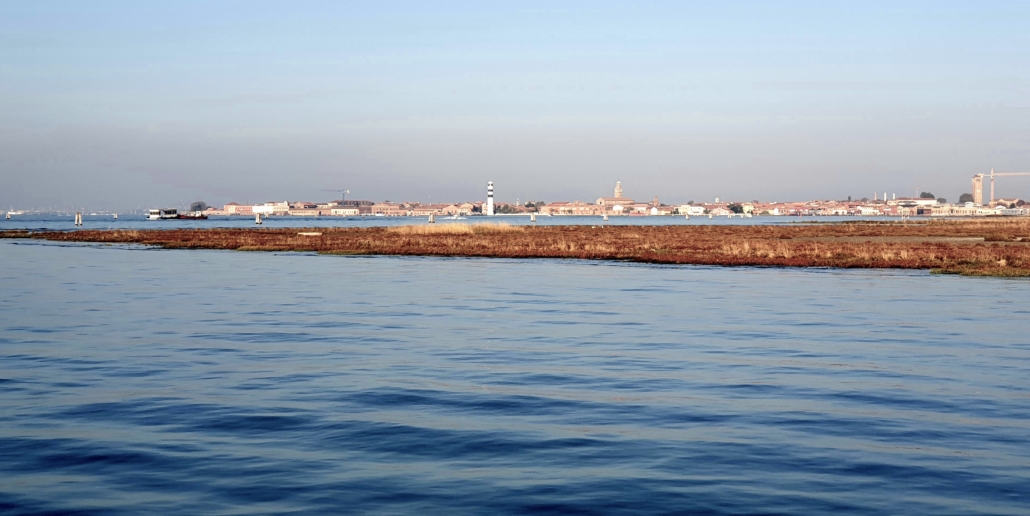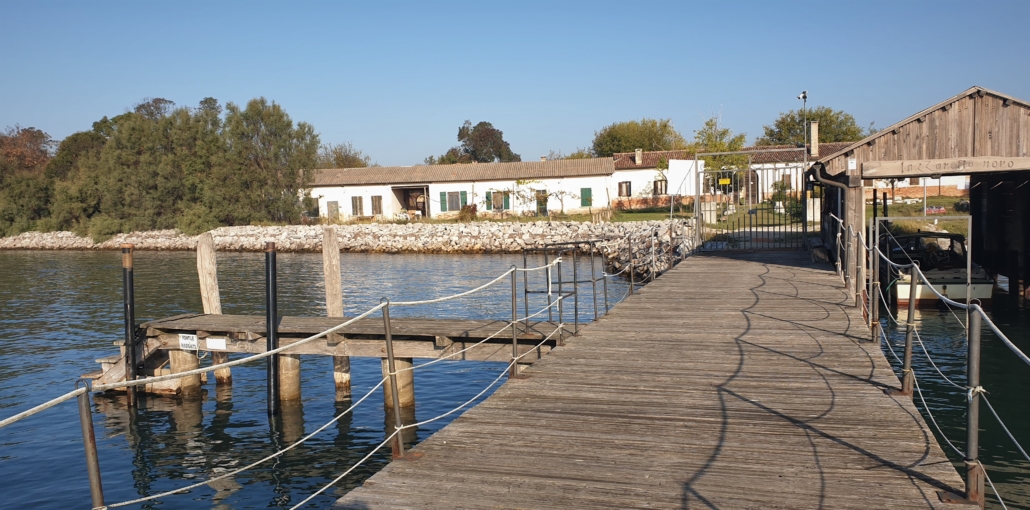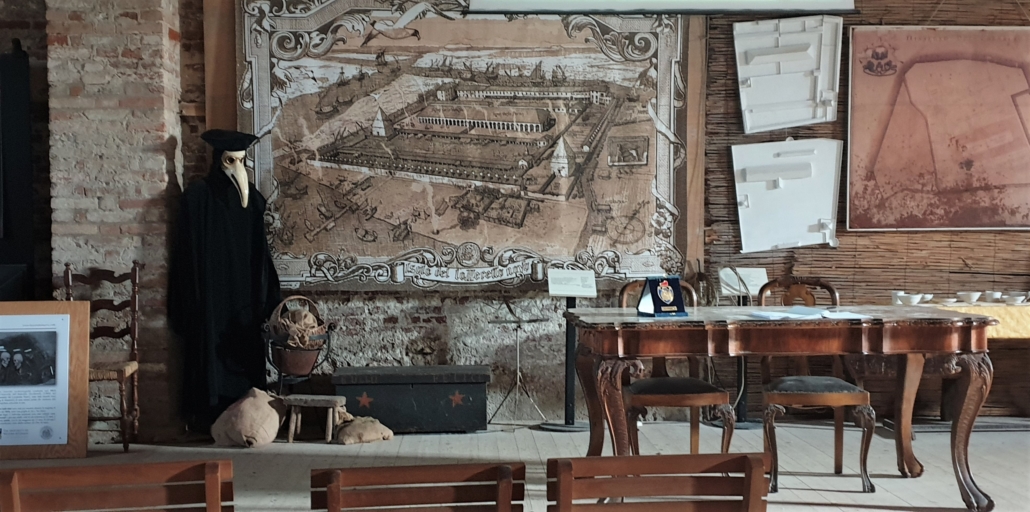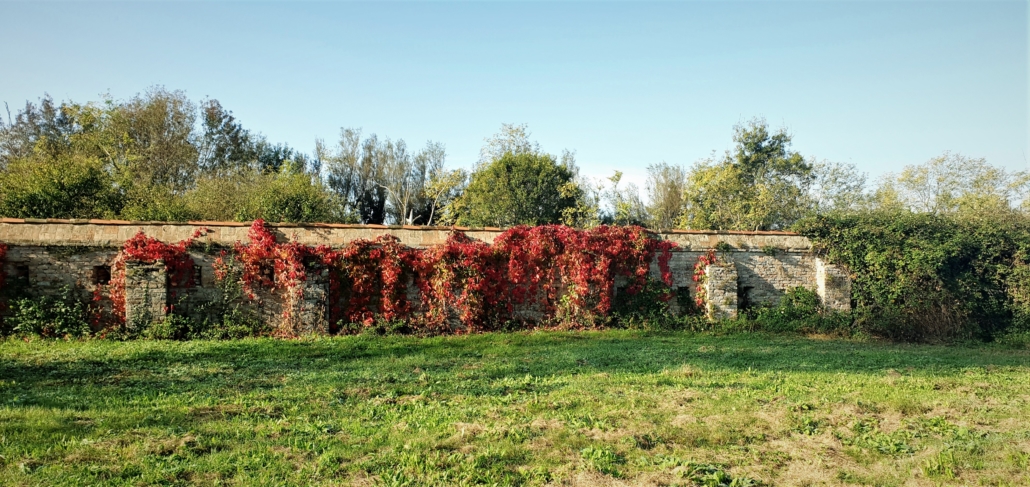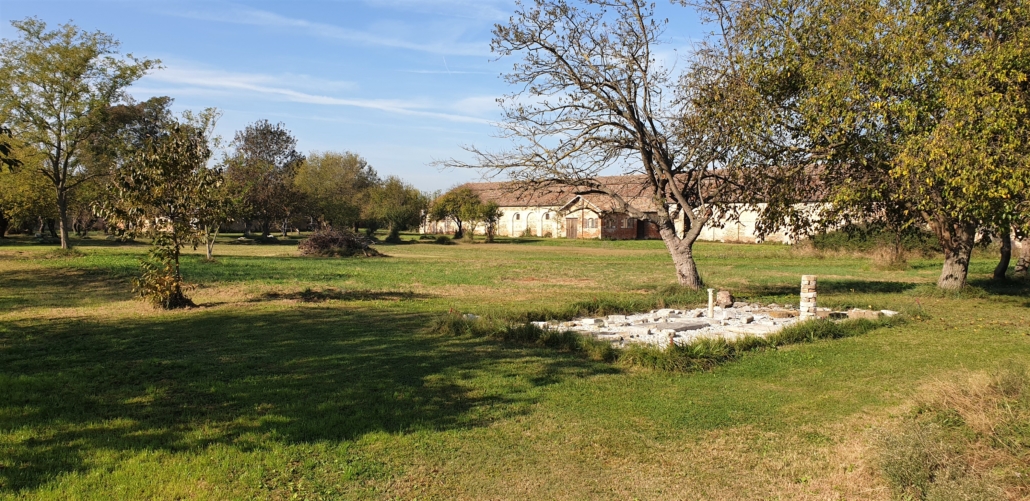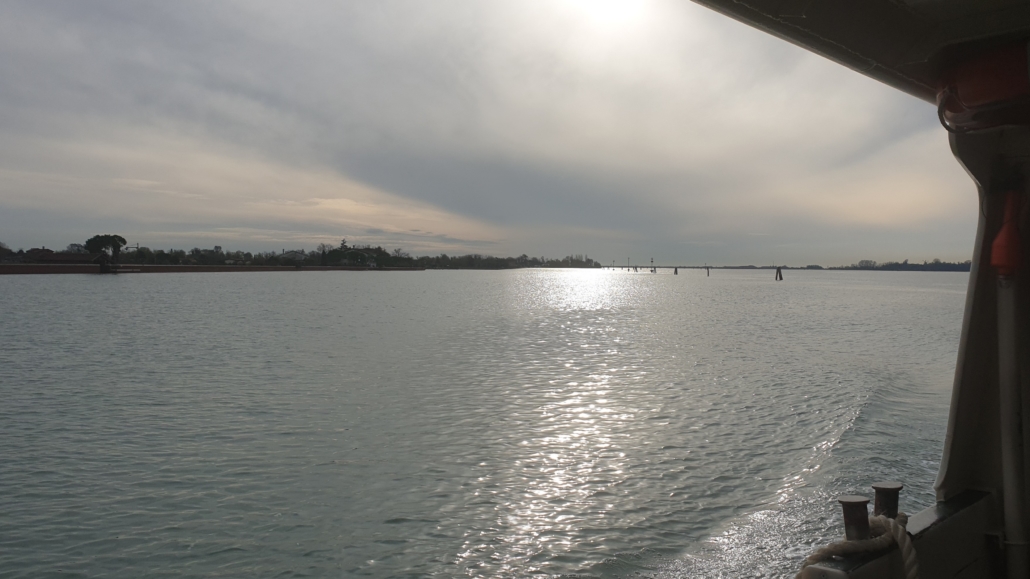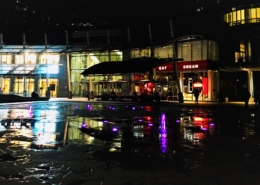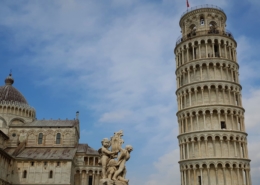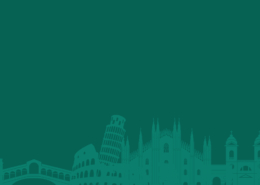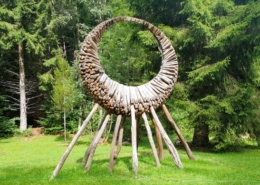Highlights of this tour
- Visit to the Lazzaretto Nuovo Island
- Journey through the North Lagoon
- Learn about the plague and the quarantine
- Historical survey of the Venetian health history
- Naturalistic walk of the island
THE QUARANTINE ISLAND
Our visit to the quarantine island, called Lazzaretto Novo, the New Lazaret, begins at the Fondamente Nuove landing stage, in the district of Cannaregio. Here we’ll catch public ‘vaporetto’ and enjoy a 20 minutes trip in the North Lagoon. Our guide will introduce the topic, sadly of great relevance in our days.
The Black Death struck Venice heavily in 1349-1350. Everyone was taken by surprise. It then took a few decades to realize that the pandemic was not just one single terrible episode, but a constant threat with which somehow mankind had to deal. The world was not to be the same again for centuries. And yet…
By 1423 the island of St Mary of Nazareth was chosen by the Venetian Senate to become a plague hospital, the first in the world. The word ‘Nazareth’ was mispronounced ‘Lazaret’, that’s where the term comes from. Located very close to the island of Lido, it is today known as ‘Lazzaretto Vecchio’, the old lazaret.
While pneumonic and septicemic plagues where 100% lethal, the bubonic plague killed around 75% of the infected. It became then necessary to keep these people under sanitary control for some time before readmitting them into Venice, which was then a bustling metropolis. After 40 = ‘quaranta’ days with no symptoms people where allowed back to their regular life. That’s where the term ‘quarantine’ originates.
Established in 1468, the quarantine island, previously known as ‘Walled Vineyard’, was renamed Lazzaretto Nuovo, the new lazaret. Besides the convalescent from the plague,
Cost of this tour
- This tour lasts approximately 3 hours and costs: 330 euros up to 6 people
- Admissions: 90 euros up to six people
- Transportation: 19 euros p.p.
- Only private parties.
- For larger parties: please send us an email!
Dress Code and advice
- No dress code
- Please wear comfortable shoes and a hat in summer

